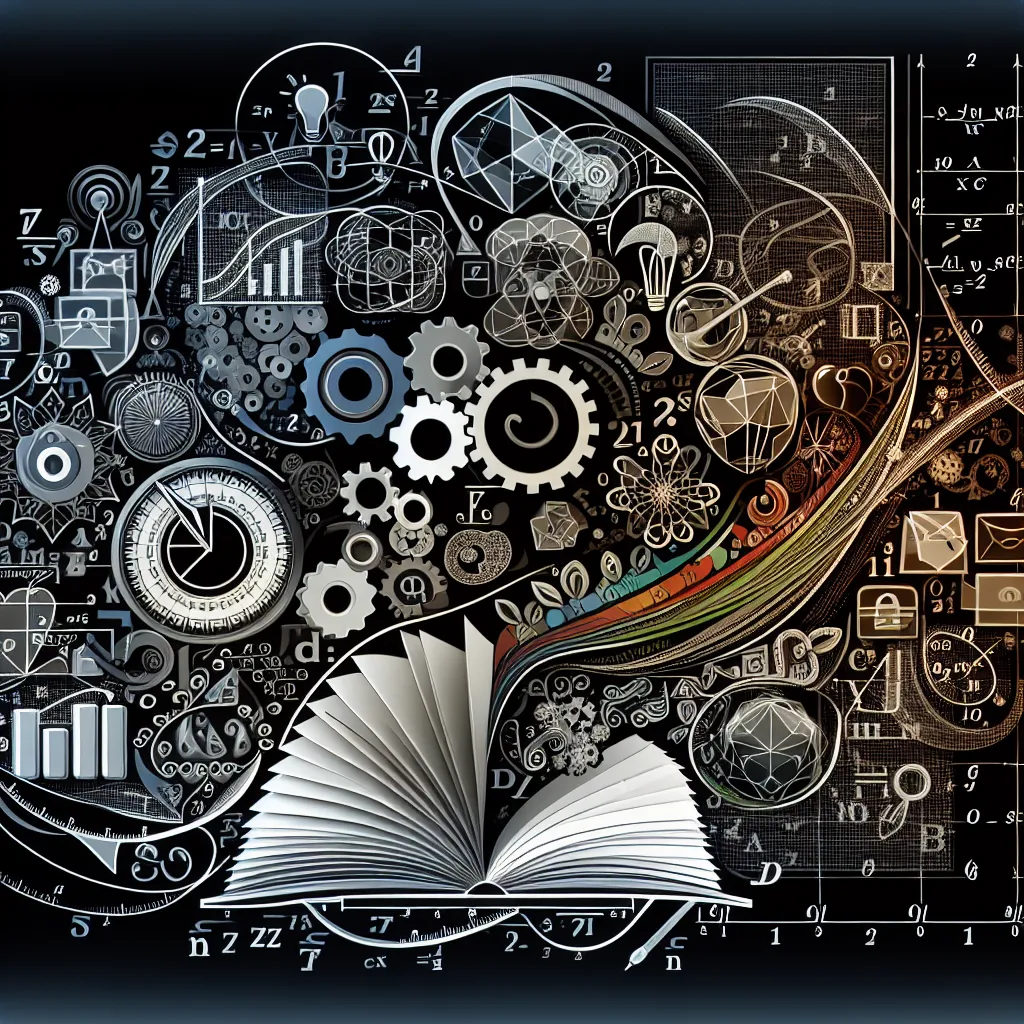Ask AI on The Internet
Question: QUESTION 3 Patterning is one of the basic mathematical skills children develop in the early years to be used as a foundation to understand more complex concepts. 3.1. In light of the above statement, discuss the importance of patterning and how it contributes to counting strategy development, problem-solving and generalizations about number combinations. You may include the following in your discussions. • First identify different types of patterns using examples and explain the rules used in these patterns (You may consider patterns in sound/rhythm, movement, concrete objects, colour, shape and size.) (5) • Discuss how these patterns contribute to an understanding of counting and mathematical concepts. (5)
Patterning is a crucial mathematical skill that contributes significantly to the cognitive development of children. It lays the groundwork for understanding more complex mathematical concepts. Let's explore the importance of patterning and its contribution to counting strategy development, problem-solving, and generalizations about number combinations. ### Different Types of Patterns and Rules #### 1. Sound/Rhythm Patterns **Example**: Clap-Clap-Stomp, Clap-Clap-Stomp. **Rule**: This pattern follows a repetition of two claps followed by a stomp. #### 2. Movement Patterns **Example**: Hop-Hop-Jump, Hop-Hop-Jump. **Rule**: The movement pattern consists of two hops followed by one jump, and it repeats. #### 3. Patterns with Concrete Objects **Example**: Red block, Blue block, Red block, Blue block. **Rule**: This pattern alternates between a red block and a blue block. #### 4. Color Patterns **Example**: Green, Green, Yellow, Green, Green, Yellow. **Rule**: The color pattern involves two greens followed by one yellow. #### 5. Shape Patterns **Example**: Circle, Square, Triangle, Circle, Square, Triangle. **Rule**: The sequence follows the order of a circle, a square, and a triangle, then repeats. #### 6. Size Patterns **Example**: Big, Small, Big, Small. **Rule**: Alternates size between big and small objects. ### Contribution to Understanding Counting and Mathematical Concepts #### 1. Counting Strategy Development - **Recognition of Sequences**: Patterns help children recognize sequences and predict what comes next, thereby reinforcing their counting skills. - **Order and Precision**: By arranging objects or elements in a certain order, children understand the importance of order and precision, which are foundational for counting accurately. #### 2. Problem-Solving - **Logical Thinking**: Identifying and creating patterns enhances logical thinking and problem-solving ability. Children learn to discern the rule of a pattern, which improves their analytical skills. - **Predictive Ability**: Understanding patterns allows children to make predictions. For example, in a counting pattern, a child can predict the number that comes next, aiding in complex problem-solving tasks. #### 3. Generalizations about Number Combinations - **Understanding of Repetition and Addition**: Patterns often involve repetition and addition. For example, in a pattern like 1, 2, 3, 1, 2, 3, the repetition helps children understand basic addition and multiplication concepts. - **Concept of Even and Odd Numbers**: Patterns can help children identify even and odd numbers. For example, alternating patterns using even and odd numbers help children internalize these concepts. - **Building Blocks of Algebra**: Early pattern recognition sets the stage for algebraic thinking. Understanding how patterns generalize makes it easier for children to grasp algebraic expressions and equations later on. ### Concluding Remarks Patterning serves as a foundational skill in early mathematics education. By engaging with various types of patterns, children develop critical counting strategies, enhance their problem-solving abilities, and learn to generalize about number combinations. These skills are essential for their overall mathematical growth and understanding complex concepts as they progress in their educational journey. Each type of pattern contributes uniquely to different areas of mathematical understanding, making patterning an invaluable part of early childhood education.
Think your answer is better than the AI's? Post it below.
Other Most Relevant Posts:
Question Tags
If you want your question answered by an AI, click here.







Post your own comment: